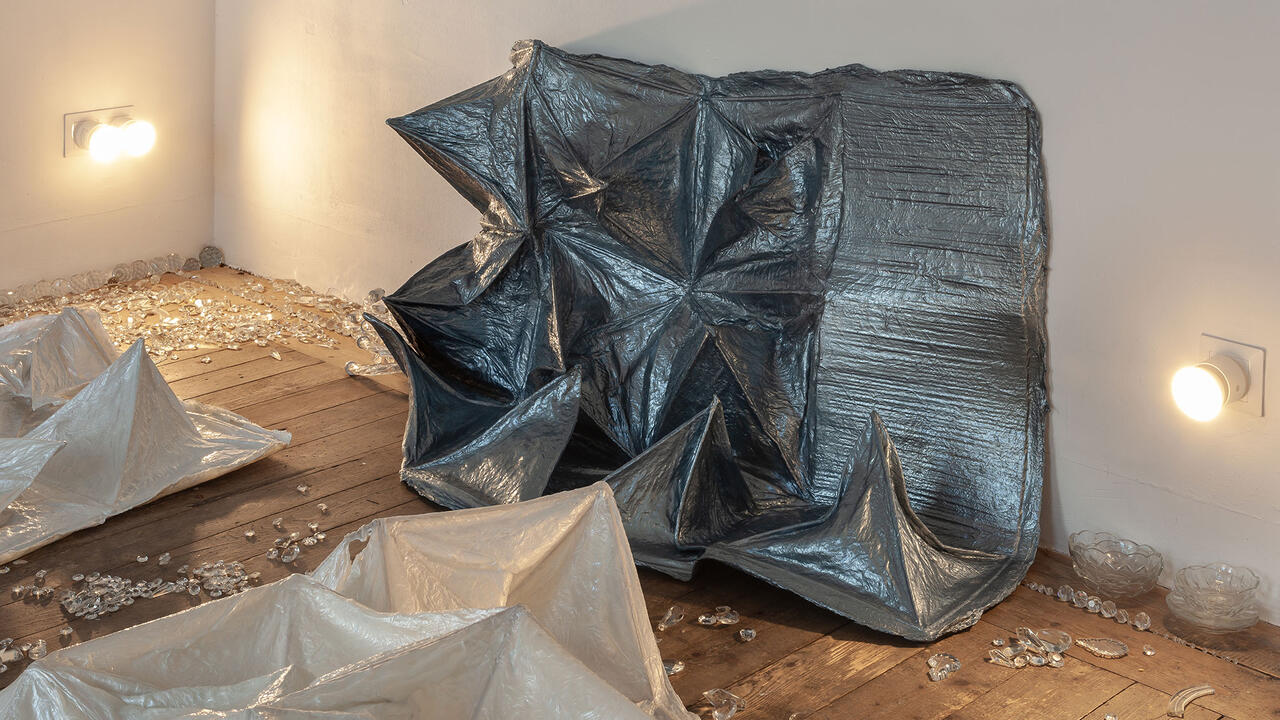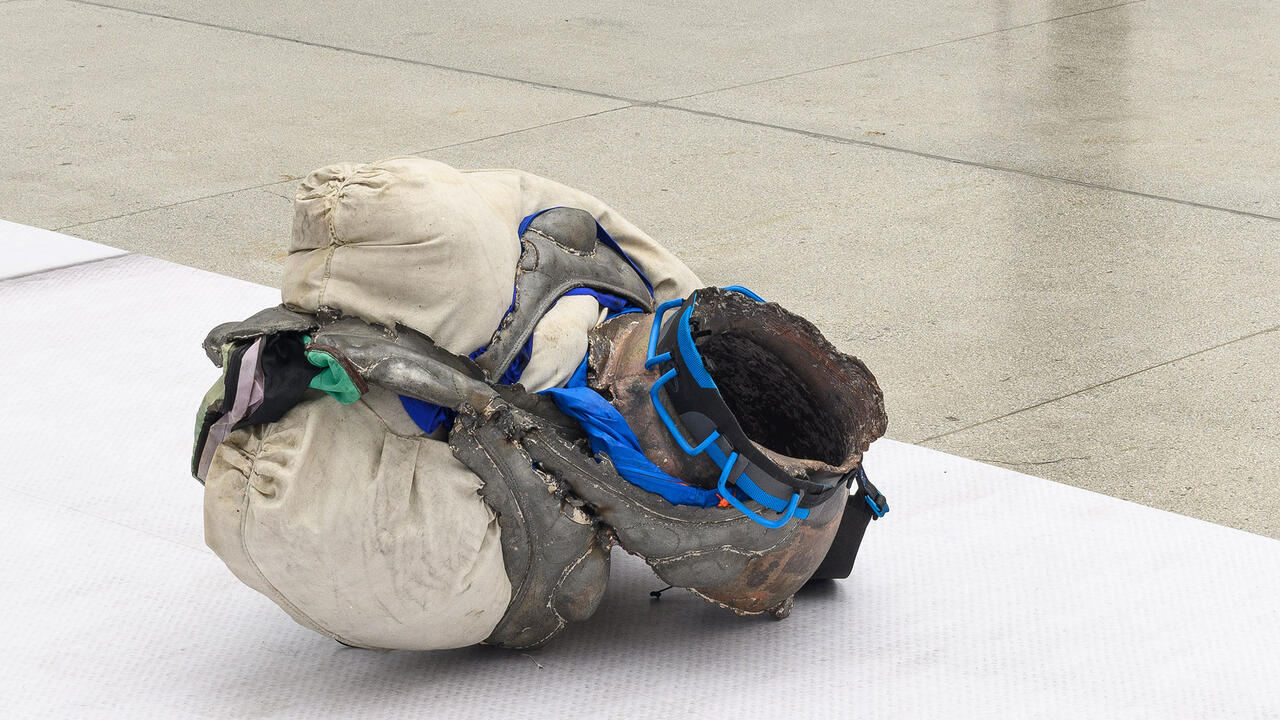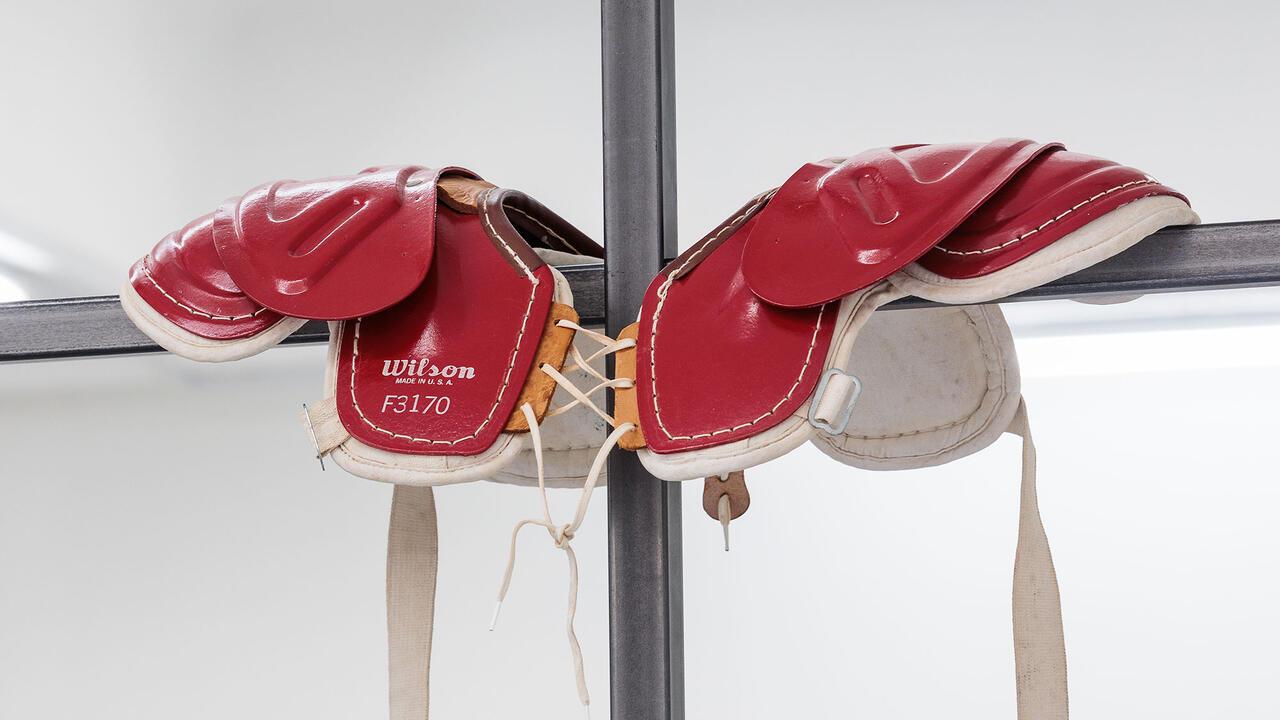Natural Histories: Traces of the Political
mumok, Vienna, Austria
mumok, Vienna, Austria

What can ‘nature’ mean in the 21st century? ‘Natural Histories: Traces of the Political’ ambitiously surveys modern scientific culture’s relation to this concept. Presupposing nature as changeable, the show counters eschatologies of history promising salvation as well as romanticism’s view of an eternal natural force. The works on view depart from the 1960’s European neo-avant-garde’s institutional and postcolonial critique (Joseph Beuys, Marcel Broodthaers, Hans Haacke) moving onward to later generations’ reflections on decolonization, globalisation and neoliberalism (in works by Mark Dion, Candida Höfer, Margherita Spiluttini). Other inclusions bear witness to the Holocaust (Tatiana Lecomte, Ion Grigorescu), to politically-motivated violence (Sandra Vitaljić, Christopher Williams) or present the ‘simulation’ of nature, in works by Anca Beneran, Arnold Estefán and Anri Sala. Curator Rainer Fuchs locates the concept in numerous commonplaces: the totalitarian leader’s ‘rock-like’ solidity or the ethics of ‘natural selection’.
In Dion’s mixed media installation The Ethnographer at Home (2012) we contemplate a fictitious colonial ethnographer’s private living room, projecting our exotic fantasies onto him, a collector of context-severed stuff. Shaded from the sun’s glare by an umbrella tied to a bamboo stalk, his wicker chair – within reach of the gin and cigar on his bamboo table – looks onto an easel-propped photograph of an anonymous ‘tribal’ village, beside others from a nearby leather trunk, like an embryonic television.

Reflections on simulations show how our alienation from the natural world motivates its conceptualisation. The wooden signs surrounding brightly coloured favela shacks in Hélio Oiticica’s huge Tropicália (1967) refer to post-coup Brazil’s protest movement, contrasted with a cage of live cockatiels. Probing the possibility of unalienated life, Mario Merz’s Giap’s Igloo (1968) is a clay-filled plastic bag igloo on an iron frame with neon signs spelling the word ‘Erde’ (earth). Höfer’s melancholic photograph Zoologischer Garten Paris II (1997) captures a lonely giraffe in a painted cell mimicking its lost savannah home.
Other works reflect tensions between exoticising and historicising nature. In Margherita Spiluttini’s photographs of Melk Abbey’s Baroque garden pavilion (2008), fantastic painted flora and fauna confront Enlightenment-era disenchantment. In Broodthaers’s A Wintergarden II (1974), silent-film piano music underpins zoo footage on a motion-sensitive projector, surrounded by plants and antiquarian illustrations of ‘exotic’ creatures. Anri Sala’s video Arena (2001) shows such expropriation’s outcome: Tirana’s decaying Enver Hoxha-era zoo seen from the perspective of a solitary lion grumbling off-screen.

There’s nothing exotic about the upper floors. La Bella Addormentata (Sleeping Beauty, 1982), Ion Grigorescu’s twenty-three hand-coloured found photographs, contrasts idyllic scenery with artificial ugliness; Auschwitz would destroy the anonymous young woman in the foreground soon after the pictures were taken. Sandra Vitaljić’s Infertile Grounds (2009–12) photographs a woody hollow that witnessed multiple Holocaust and Yugoslav Wars-era atrocities, recalled elsewhere by Sanja Iveković’s Resnik (1994): houseplants living, impossibly, in the dark conditions of a video installation playing footage of a barren landscape.
Other pieces make humanity’s interaction with nature more ambivalent. Sigma’s biologically accurate plant and animal drawings (1973–8) flirt with dead flora and fauna, as does the deceptive beauty of Williams’s photographs Angola to Vietnam* (1987–1989), selections from Harvard Botanical Museum’s glass flower collection, originating in states guilty of human rights violations. Haacke’s Grass Cube (1967) presents a patch of yellowing grass on a plexi cube, harshly lit from above, turning the gallery into a laboratory.
‘Natural Histories’ is sensitive without moralizing. Timely while historically informed, the exhibition carefully documents our pivotal moment, hovering on the climate change cliff-edge. It tells a long story, from antiquity’s concept of nature as a meaningful totality to its reduction to uniformly conquerable, dissectible ‘matter’ since Renaissance-era science – all anticipating the cost of nature’s instrumentalization, domination and loss.
Main image: Mark Dion, The Ethnographer at Home, 2012, installation view, dimensions variable. Courtesy: the artist and Georg Kargl Fine Arts, Vienna





















